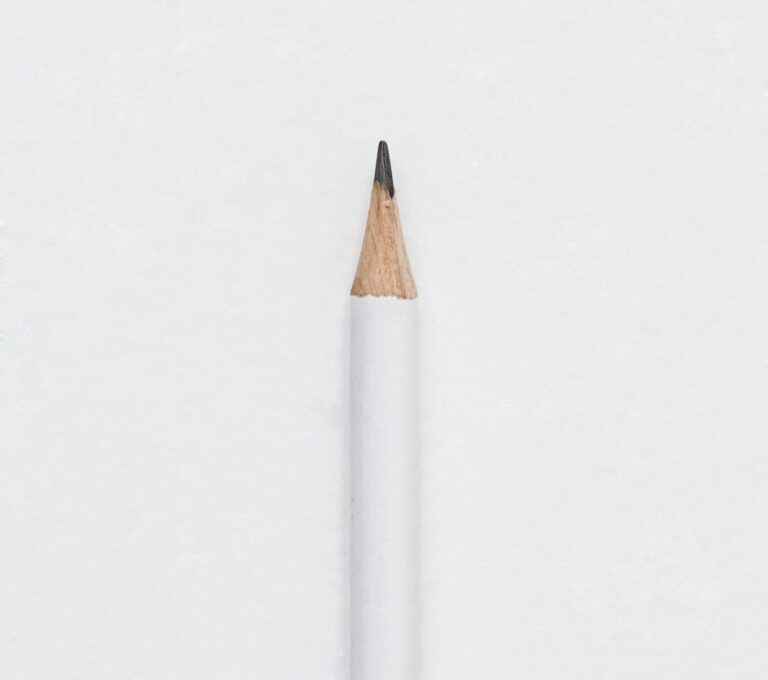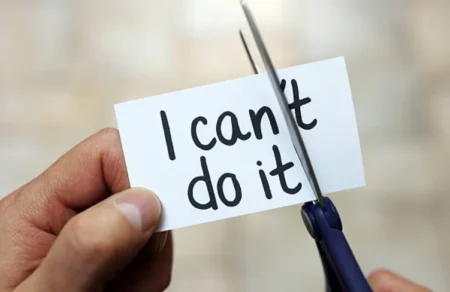The pencil, that unassuming writing tool we all know and love, has a surprisingly rich and interesting history. From its humble beginnings as a marked-up stick to its modern iteration, the pencil has evolved alongside humanity, leaving its mark on countless pages and creative endeavors.
Early Marks
The story of the pencil begins not with graphite, but with a mineral called galena. As early as 5,000 BC, ancient civilizations in Mesopotamia were using galena sticks to leave marks on clay tablets. Later, the Romans employed a stylus, a thin metal rod, to write on papyrus. While technically not pencils, these early tools laid the foundation for the writing utensils to come.
Enter Graphite
The key ingredient in a modern pencil, graphite, was discovered in the Lake District of England in the mid-16th century. Initially mistaken for lead (hence the misleading name “pencil lead”), this soft, black mineral proved ideal for leaving dark, easily erasable marks.
The First Pencils
The first true pencils were created by simply encasing sticks of graphite in wood. These early iterations were clunky and prone to breakage, but they offered a significant improvement over previous writing tools. Notably, Italian couple Simonio and Lyndiana Bernacotti are credited with developing one of the earliest versions of the wooden pencil in the 1560s.
Refining the Craft
By the 18th century, pencil production had become a thriving industry, particularly in Germany. The search for a more durable and versatile writing tool led to innovations like the square pencil, which offered better grip and prevented rolling.
Nicolas-Jacques Conté and the Modern Pencil
A pivotal figure in pencil history is French scientist Nicolas-Jacques Conté. During the Napoleonic Wars, France faced a shortage of graphite from England. Conté devised a method of mixing powdered graphite with clay and firing it in a kiln. This process allowed for controlled hardness and produced smoother, longer-lasting leads. Conté’s invention laid the foundation for the modern pencil.
The 19th and 20th Centuries
The 19th century saw further advancements in pencil technology, including the development of the hexagonal shape for improved grip and the invention of the eraser attached to the end. The 20th century brought innovations like mechanical pencils and colored pencils, expanding the versatility of this humble tool.
The Pencil Today
Today, the pencil remains a beloved writing and drawing tool, used by artists, students, and everyday people alike. Its simplicity, affordability, and erasability make it a true classic. Despite the rise of digital writing tools, the pencil continues to hold a special place in our hearts and hands.






